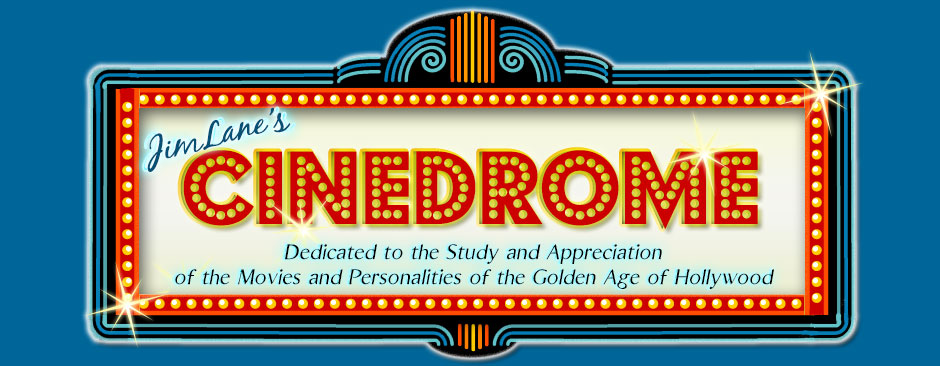The Annotated “Lydia the Tattooed Lady”
Introduction
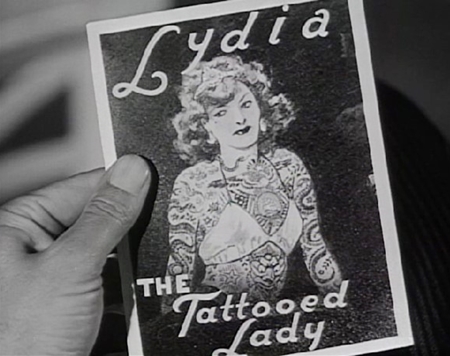
 At the moment, I’m in rehearsals for a stage production of Pride and Prejudice, Jane Austen’s 1813 romantic comedy of manners chronicling the romantic vicissitudes of five English sisters. The youngest and silliest of these sisters is named Lydia — which naturally put me in mind of “Lydia the Tattooed Lady”. I say naturally, because once anyone has heard that song — especially as done by the Marx Brothers cavorting in a railroad car in At the Circus (1939) — it’s impossible not to think of it whenever the name “Lydia” is mentioned. It doesn’t matter if the subject is the Iron Age kingdom of Lydia in Asia Minor; Lydia Pinkham, the 19th century American purveyor of ladies’ patent medicines; St. Lydia of Thyatira; Lydia Becker, the British suffragette; Kenneth Roberts’s novel Lydia Bailey; or the youngest daughter in Pride and Prejudice. No matter what, if you hear or read the name “Lydia”, you automatically fill in with “…the Tattooed Lady”.
At the moment, I’m in rehearsals for a stage production of Pride and Prejudice, Jane Austen’s 1813 romantic comedy of manners chronicling the romantic vicissitudes of five English sisters. The youngest and silliest of these sisters is named Lydia — which naturally put me in mind of “Lydia the Tattooed Lady”. I say naturally, because once anyone has heard that song — especially as done by the Marx Brothers cavorting in a railroad car in At the Circus (1939) — it’s impossible not to think of it whenever the name “Lydia” is mentioned. It doesn’t matter if the subject is the Iron Age kingdom of Lydia in Asia Minor; Lydia Pinkham, the 19th century American purveyor of ladies’ patent medicines; St. Lydia of Thyatira; Lydia Becker, the British suffragette; Kenneth Roberts’s novel Lydia Bailey; or the youngest daughter in Pride and Prejudice. No matter what, if you hear or read the name “Lydia”, you automatically fill in with “…the Tattooed Lady”.
But not everyone has heard the song. One night during a lull in rehearsal I sang the opening lines within earshot of the actress playing the part, and her eyes went wide: “What is that song?” she marveled. So I found the song on YouTube on my phone and played it for her. Now this young lady is by no means as silly or foolish as the role she’s playing, and she even chuckled at “Lydia oh Lydia that encyclo-pidia”, but halfway through the song I realized that most of the references in the song — which would have been perfectly familiar to a reasonably alert ten-year-old in 1939 — were two or three generations before her time. Aside from the fact that it’s in English, she could hardly be expected to understand a word of it. She confirmed this when we talked about it the next evening: “Social Security Number, I got that. And I know what a rhumba is…”
And that’s a pity, because “Lydia the Tattooed Lady” is one of the funniest and cleverest songs ever sung in English (interesting that it was written by Harold Arlen and E.Y. “Yip” Harburg the same year they turned out “Over the Rainbow”). The song is endlessly inventive. Compare it with another amusing song — more recent, but still an oldie — “A Boy Named Sue”, written by Shel Silverstein and a top-ten hit for Johnny Cash in 1969. Or another Silverstein song, “The Cover of ‘Rolling Stone'”, which put Dr. Hook and the Medicine Show in the top ten in 1972. They’re both clever, and fondly remembered, but they’re essentially one-joke songs. In “Lydia” the jokes come so thick and fast that you’re liable to miss one while you’re laughing at the one before it. Something must be done, I thought, to keep this treasure of popular culture from being banished to the darker reaches of Does-Anybody-Here-Understand-This? Land. Somebody (I further thought) should come out with The Annotated “Lydia the Tattooed Lady”.
Well, “somebody” turned out to be me, and here it is. Enjoy:
“Lydia the Tattooed Lady”
From the MGM Picture At the Circus (1939)
Music by Harold Arlen; Lyric by E.Y. “Yip” Harburg
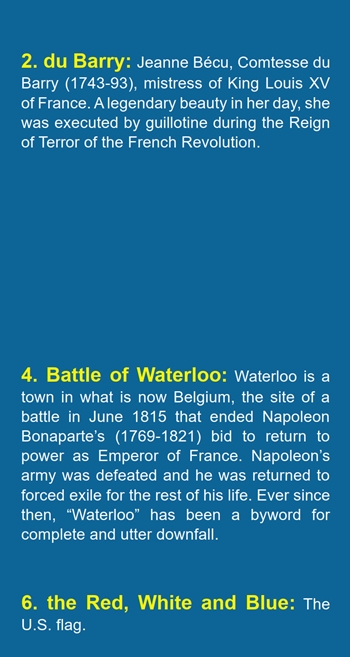
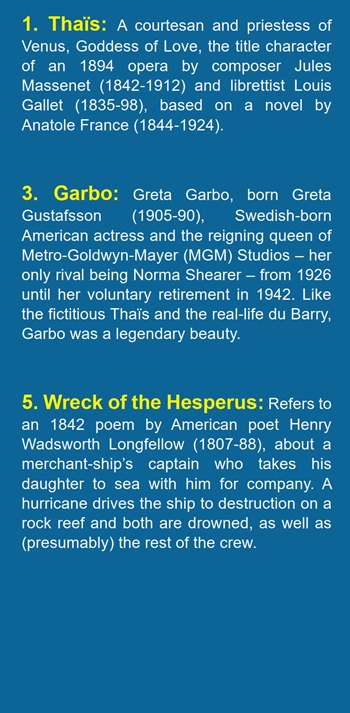 She was the most glo-o-o-rious creature under the sun,
She was the most glo-o-o-rious creature under the sun,
Thaïs1, du Barry2, Garbo3 rolled into one…
Ohhhhhhhhhhhhh…
Lydia oh Lydia, say, have you met Lydia?
Lydia the Tattooed Lady!
She has eyes that folks adore so
And a torso even more so.
Lydia oh Lydia, that encyclo-“pidia”
Oh Lydia the Queen of Tattoo.
On her back is the Battle of Waterloo4,
Beside it the Wreck of the Hesperus5 too,
And proudly above waves the Red, White and Blue6 .
You can learn a lot from Lydia!
La la la-a-a-a-a, la la la
La la la-a-a-a-a, la la la
When her robe is unfurled she will show you the world
If you step up and tell her where.

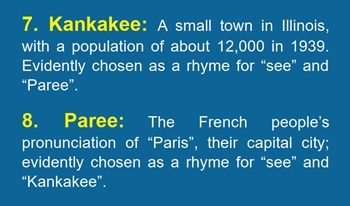 For a dime you can see Kankakee7 or Paree8
For a dime you can see Kankakee7 or Paree8
Or Washington crossing the Delaware9 .
La la la-a-a-a-a, la la la
La la la-a-a-a-a, la la la
Oh Lydia oh Lydia, say have you met Lydia?
Lydia the Tattooed Lady.
When her muscles start relaxin’
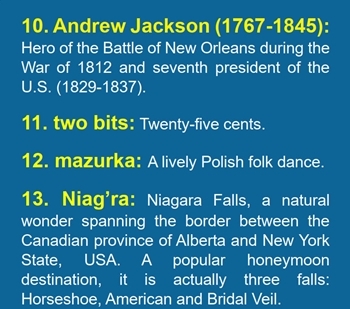 Up the hill comes Andrew Jackson10.
Up the hill comes Andrew Jackson10.
Lydia oh Lydia, that encyclo-“pidia”
Oh Lydia the queen of them all;
For two bits11 she will do a mazurka12 in jazz
 With a view of Niag’ra13 that nobody has,
With a view of Niag’ra13 that nobody has,
And on a clear day you can see Alcatraz14 ;
You can learn a lot from Lydia!
La la la-a-a-a-a, la la la
La la la-a-a-a-a, la la la
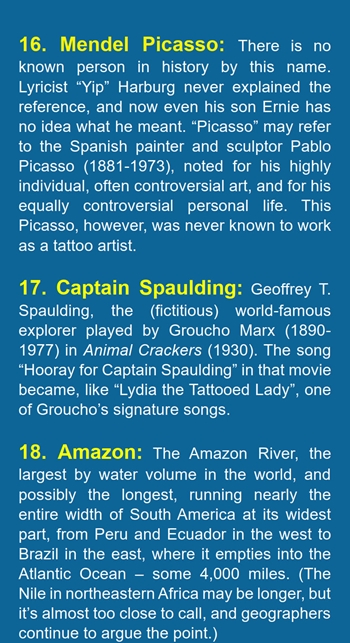
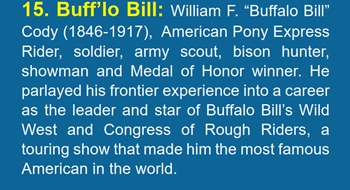 Come along and see Buff’lo Bill15 with his lasso,
Come along and see Buff’lo Bill15 with his lasso,
Just a little classic by Mendel Picasso16.
Here is Captain Spaulding17 exploring the Amazon18 ;
Here’s Godiva19 but with her pajamas on.
La la la-a-a-a-a, la la la
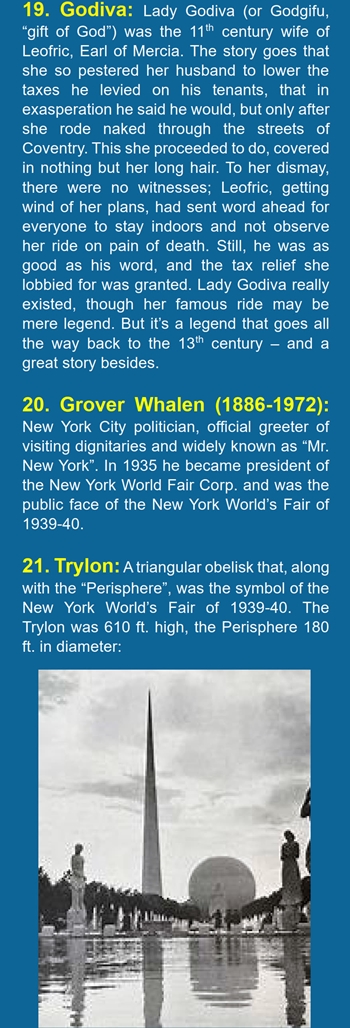 La la la-a-a-a-a, la la la
La la la-a-a-a-a, la la la
Here is Grover Whalen20 unveilin’ the Trylon21.
Over on the West Coast we have Treasure “I-lon”22.
Here’s Nijinsky23 a-doin’ the rhumba24.
Here’s her Social Security Numba25.
La la la-a-a-a-a, la la la
La la la-a-a-a-a, la la la
Oh Lydia oh Lydia that encyclo-“pidia”
Oh Lydia the champ of them all!
She once swept an admiral clear off his feet;
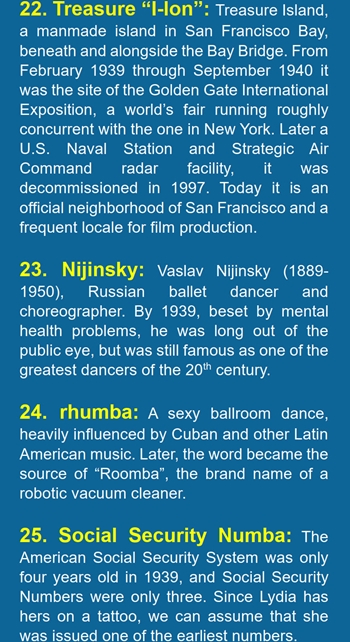 The ships on her hips made his heart skip a beat,
The ships on her hips made his heart skip a beat,
And now the old boy’s in command of the fleet26
For he went and married Lydia!
I said Lydia! (He said Lydia!)
They said Lydia! (We said Lydia!)
La la!
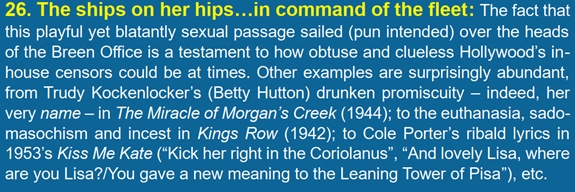
* * *
Well, friends, there you have it, my modest effort to ensure that Arlen and Harburg’s funniest song — whose jokes, puns, and plays on words constitute an embarrassment of riches almost without precedent this side of Cole Porter and Gilbert and Sullivan — does not vanish in the benign oblivion of esoteric pop culture. Now that you’ve had a chance to explore it, I invite you to hop over to YouTube and glory in a song that fits the antic anarchy of Groucho Marx as perfectly as “Over the Rainbow” does Judy Garland, or “If I Were King of the Forest”, Bert Lahr.
